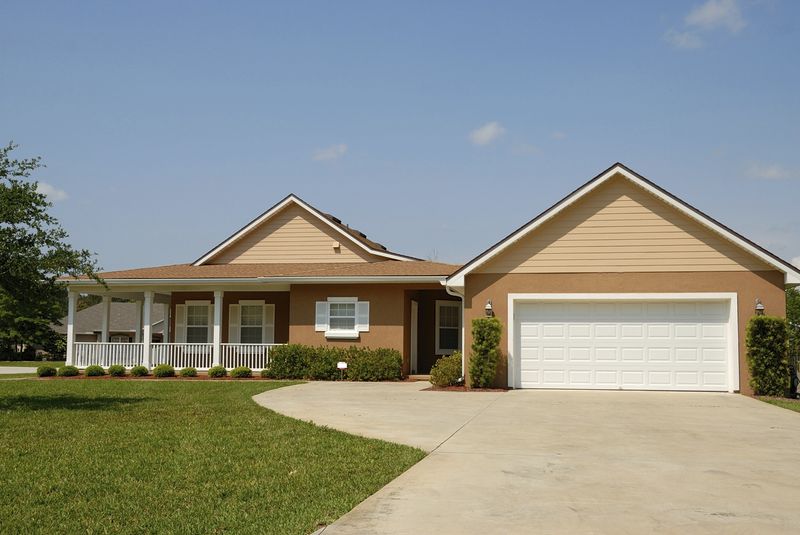
You can extend your roof's lifespan by understanding the factors that keep it in good shape. For instance, regular roof checkups ensure professionals can find visible and hidden damage before they worsen. Other factors that keep your roof in great condition include ventilation and support structure maintenance.
Most roofers barely mention ventilation and insulation because most home builders do a great job installing ventilation systems. But after five years, you'll want to have a roof inspection to let roofers determine the ventilation and insulation's condition.
Roof ventilation uses soffit and ridge vents to take in and expel heat. It uses the principle of cold and hot air movement – cold air moves downwards while hot air moves upwards. Cold air enters the soffit, pulled by the escaping hot air toward the ridge vents. In some cases, roofers may recommend building fans that assist roof ventilation.

Ventilation gives hot air an exit path, and cold air keeps attic temperatures low, extending your roof's lifespan. Attic temperatures increase over time as hot air from indoors reaches the area. When trapped, the air can force itself through the sheathing, increasing the asphalt shingle's temperatures and causing blisters and splits.
Mold grows in places where there is plenty of moisture and darkness. Attics are typically dark and can have condensation with too much hot air. With ventilation, the roof remains dry by expelling hot air and taking in cool dehumidifying air.
Hot air in the attic will fry your asphalt shingles and eventually get reabsorbed into your rooms. The increased hotness in each room will force your HVAC to work harder than it should. With excellent roof ventilation and insulation, hot air would not get reabsorbed and can escape, saving you from added energy expenses.
You'll need an experienced roofer with experience building ventilation and insulation systems. Here are the essentials of roof ventilation.
Determine if your existing attic ventilation system is working. Roofs that are too hot to the touch may have a faulty ventilation system. During winter, ice buildup may occur because there's hot air melting snow and refreezing it on cooler areas. Your roofer can help you determine your project's scope.
Ridge ventilation is optional for most properties, but having one will benefit your roof and prolong its lifespan and performance. Ridge vents work well with soffit vents because hot air moves upward and pulls in cold air nearby.
Both soffit and gable vents let cold air inside your roof as it is pulled by hot air escaping. Soffit vents are rectangular and have wood beam openings enclosed by vents. Gable vents have controllable openings that work with soffit and ridge caps, too.
Want a well-built ventilation system for your roof? You can count on SJ Winn Construction for top-notch evaluations and ventilation. We've helped many homes in your area preserve their roofs by setting up excellent ventilation where needed. Let us help you with your roofing needs by calling us today.
156 Torrington Rd., Winsted,
Connecticut 06098
Phone: 860-379-8863
Email: sjwinnconstruction@gmail.com